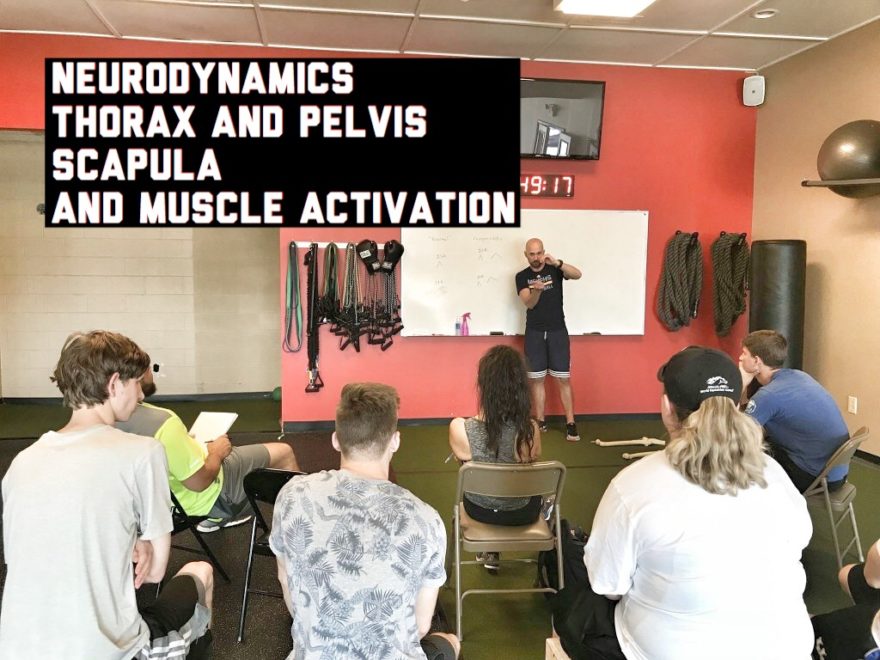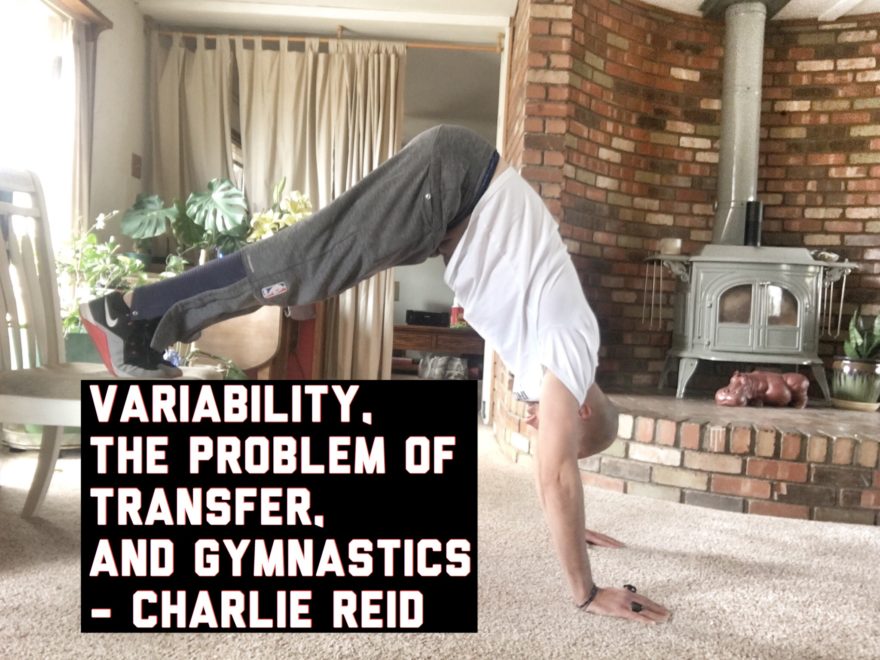Tag: muscle activation

Neurodynamics, Thorax and Pelvis, Scapula, and Muscle Activation
I recently had the opportunity at to do a Q&A session at Enhancing Life, the gym of my dear friends…

Variability, The Problem of Transfer, and Gymnastics – Charlie Reid
I recently had a great conversation with my dear friend, Charlie Reid. Charlie is a very successful trainer in the…
